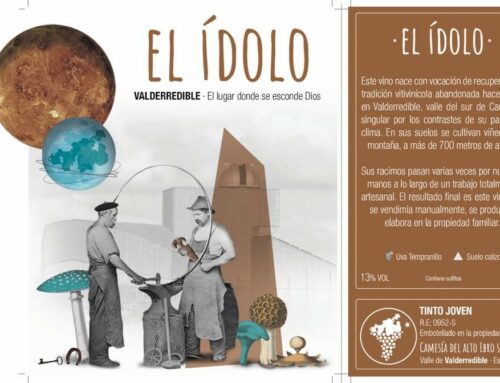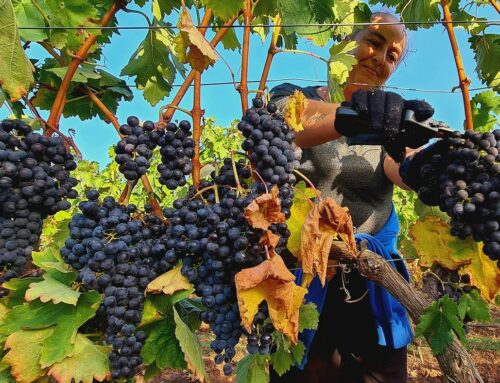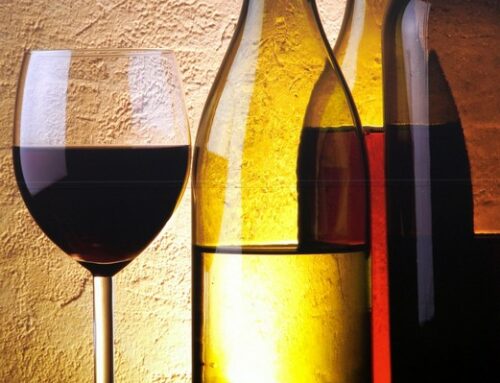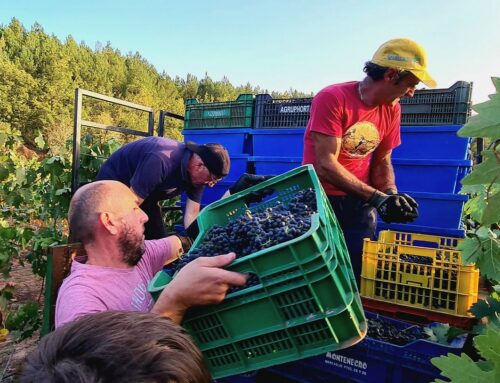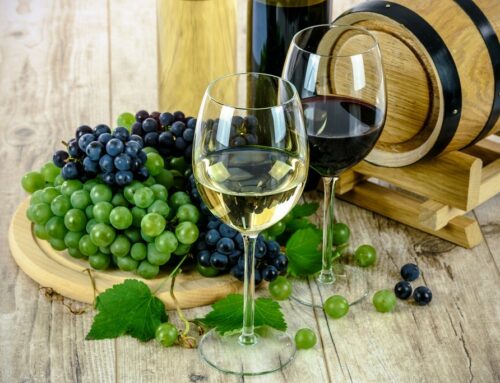The life of the vine is marked by seasonal changes, i.e. by variations in the average temperature and humidity…
WINTER ON THE VINE
PRUNING + FERTILISER + SOIL + TREATMENT
This cycle begins a few weeks after the grape harvest.
The leaves have fallen until the structure of the vine is bare and the plant has gone dormant because the sap has stopped circulating.
It is the time of the cold, of short days and of rest for the vine, because the time has come for the Camesía winegrower to carry out the important task of pruning.
This winter pruning is intended to limit the nature of the vine, because with it, man makes the vine grow less and concentrates all its energy on producing good fruit.
The soil is also fertilised during the winter, if necessary, and some treatments against pests and parasites are carried out.
SPRING IN THE VINEYARD
When the number of hours of sunshine begins to increase and the average temperature rises above 10ºC, the biological awakening of the plant begins. Proof of this is that the wounds that were made on the plant during pruning begin to weep, as the roots have absorbed the moisture from the subsoil and the sap has begun to run through the stem.
Very shortly afterwards, as soon as the temperature rises a little more, the bud cells, which had been standing still, begin to develop, revealing the first leaves in a phenomenon known as budding.
As time progresses, other leaves, new shoots and tiny clusters appear.
At this moment, the plant shows an enormous activity that, however, can be negative in the medium term.
So the Camesía winegrower removes unwanted shoots which, if they continue to grow, would limit the grape’s fattening.
And at the end of spring, when the vine is dressed in splendid green foliage, a cap is detached from the small bunches of grapes, leaving the small flower free, and with it the pollen, which can then be transported by insects to achieve pollination.
From this moment on, and although in half of the cases the flowers dry up, in the other half the ovaries turn into fruit (grapes) and the ovules turn into seeds (pips).
SUMMER IN THE VINEYARD
The formation of the grapes is a slow process and results in a small, deep green bean, which is first removed autonomously.
However, when it reaches the size of a pea, the fruit begins to take on the characteristic colour of that variety (bluish, reddish, yellow…) and is fed by the general activity of the plant.
This means that it will fatten according to the availability of water in the vine and the food it can process.
During the ripening of the grape, which takes place during the summer with the help of the heat of the season and the sun, the enormous amount of acid substances that the grape had at the beginning are lost to give way to a high proportion of sugars, within which each variety synthesises the sapid and aromatic principles that differentiate it from the rest.
Summer is a complicated time for the grower, because there are many dangers for the fruit: too much sun can burn it, the cold can prevent it from ripening, heavy rain can cause it to rot and prolonged drought can leave the grapes without juice.
In addition, at this time the vine is very sensitive to pest and insect attacks, so this is the time of year chosen in many cases to carry out a new round of phytosanitary treatments.
AUTUMN: GRAPE HARVEST
The optimum ripening of the grapes usually coincides with the drop in temperature: it is time for the grape harvest.
For the harvest to be perfect, two conditions must be met: it must be done at the right time and it must be done delicately and quickly.
Choosing the right moment is not easy: by delaying the harvest, you can obtain a few more degrees of sugar, but you run the risk of an early frost.
The grape harvest impregnates the growing areas with the smell of must and fills the vineyards with the bustle of the grape harvest.
Once the harvest is over, the activity is centred in the Camesía cellars while the vines finish shedding their leaves and once again begin their winter stop. The circle closes.




